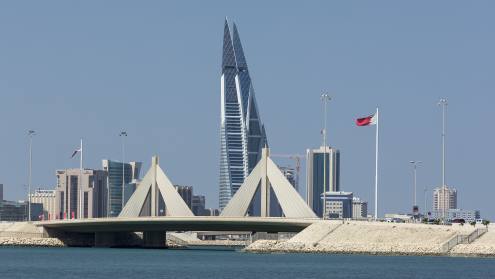In August 2013, the Malaysia International Islamic Financial Centre (MIFC) produced a report that boldly predicted Islamic finance (both banks and capital markets) could double in size from assets of about $1600bn today, although no timescale was suggested. In particular, the report assumed that exports and imports for the 57 states that belong to the Organisation of Islamic Cooperation (OIC) would increasingly be funded by Islamic rather than conventional finance. Trade finance is well suited to sharia-compliant structures, because it is backed by real economic flows.
There is no question that Islamic banks are outgrowing their conventional counterparts in most major markets. Among the major Islamic banking markets (excluding Iran and Sudan, where all banks must be sharia-compliant), the compound annual growth rate for assets from 2009 to 2012 inclusive was 11%. By contrast, the compound annual growth rate for conventional banks in the same markets was 6.8%.






